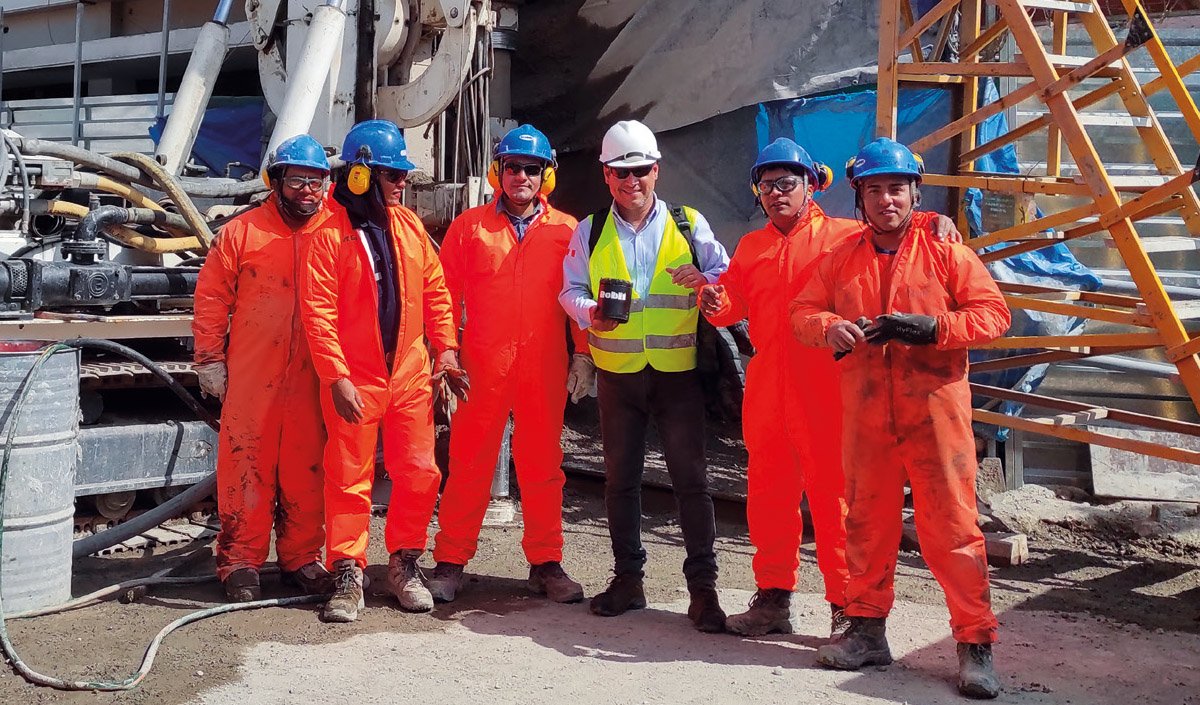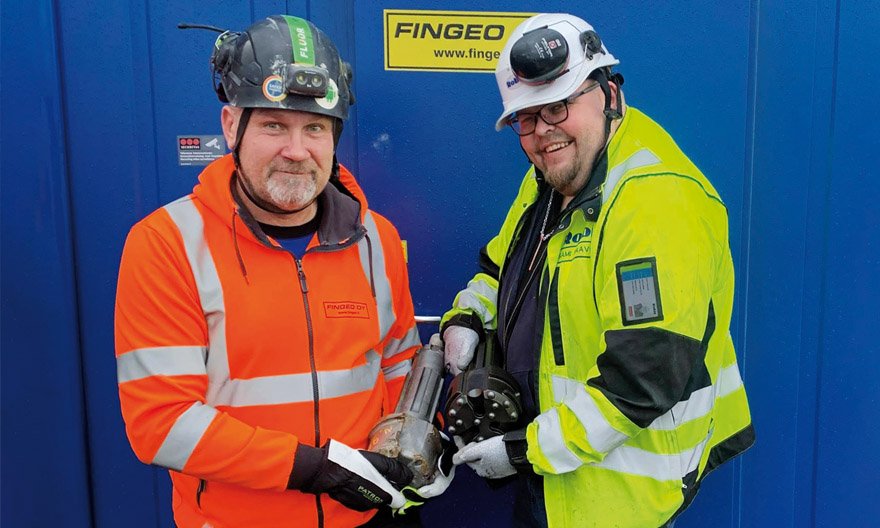OCI, LLC, headquartered in Brookville, Pennsylvania, has been servicing the US drilling industry since 1997. Their core businesses include designing and building drilling tools and systems, equipment sales, rental and service, and consulting clients on methods and materials in their drilling projects.
OCI’s sales offering includes Down the Hole hammers and shock absorbers. UK-based Bulroc rose to prominence in the 1970s as a leading manufacturer of DTH hammers and related accessories. Jim Rupert, one of the founders of OCI, had been working with Bulroc hammers since the early 1980s, and it was only natural that when OCI was founded in the 1990s, they would partner with Bulroc.
The same successful partnership continues to this day with OCI and Robit, which acquired Bulroc in 2016. DTH hammers, along with piling tools, remain a key part of the Robit product line in OCI’s varied portfolio.
“We are a design and build manufacturing company that also mass produces micro piling casing and other industry products. We manufacture the micropile casing and the tooling used along with it. Our offerings include sub adapters, head adapters, swivels of various models, drill pipes of various types, drill string components, augers, core barrels, kelly equipment, and auxiliary equipment. We are not limited to a product line; we offer unique opportunities to manufacture specialized drilling and construction equipment “, says Dave Franklin, Technical Sales and Project Management at OCI.
The OCI–Robit partnership continues to serve the drilling industry across North America successfully.
“OCI feels we have a strong, healthy relationship with Robit, and we look forward to many opportunities in the near and distant future. Our clients have always been happy with Robit tools and the support we offer them as a team approach. Together, we provide a full scope of products and services,” Dave Franklin sums up.
Picture: The OCI headquarters in Brookville, PA.



